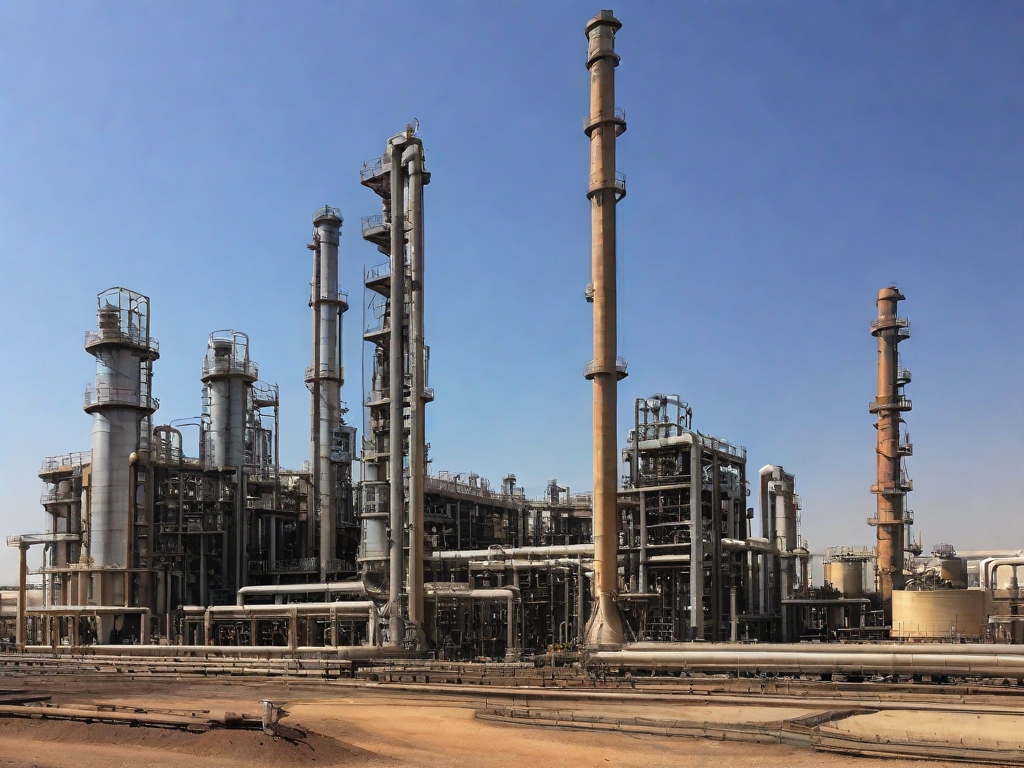When it comes to safety in hazardous environments, nothing beats the reliability and efficiency of intrinsically safe devices. Designers create these specialized pieces of equipment to prevent the ignition of flammable substances, making them indispensable in industries such as oil and gas, mining, and chemical processing. In this article, we delve into the key principles behind the design of these life-saving devices. We invite you to explore more about these devices at the Intrinsically Safe Store, a leading provider of intrinsically safe products.
What are Intrinsically Safe Devices?
Designers create intrinsically safe devices to operate in potentially explosive atmospheres without causing ignition. These devices achieve this by reducing the electrical and thermal energy to levels below what a specific hazardous atmospheric mixture requires for ignition.

Key Principles of Intrinsically Safe Device Design
Energy Limitation
The primary principle behind the design of intrinsically safe devices is energy limitation. This means that the device cannot produce enough energy, either electrical or thermal, to ignite a hazardous atmosphere under normal or fault conditions.
Component and Circuit Safety
Designers design every component and circuit within an intrically safe device with safety in mind. This includes using components that can withstand the harsh conditions of a hazardous environment and designing circuits that limit energy output.
Protection Against Fault Conditions
Intrinsically safe devices are designed to maintain safety even in fault conditions. This involves considering all possible fault scenarios during the design process and ensuring that the device remains safe under these conditions.
Examples of Intrinsically Safe Devices
Examples of intrinsically safe devices include gas detectors, temperature sensors, and communication devices. These devices are commonly used in industries such as oil and gas, mining, and chemical processing.
Why Choose Intrinsically Safe Devices?
Intrinsically safe devices offer numerous benefits, including increased safety, reduced risk of ignition, and compliance with safety regulations. They are also cost-effective, as they reduce the need for expensive explosion-proof enclosures.
Principles of Intrinsically Safe Devices
In conclusion, the design of intrinsically safe devices revolves around the principles of energy limitation, component and circuit safety, and protection against fault conditions. By adhering to these principles, these devices provide a safe and reliable solution for operating in hazardous environments. To learn more about intrinsically safe devices, visit the Intrinsically Safe Store or contact us for more information.


























